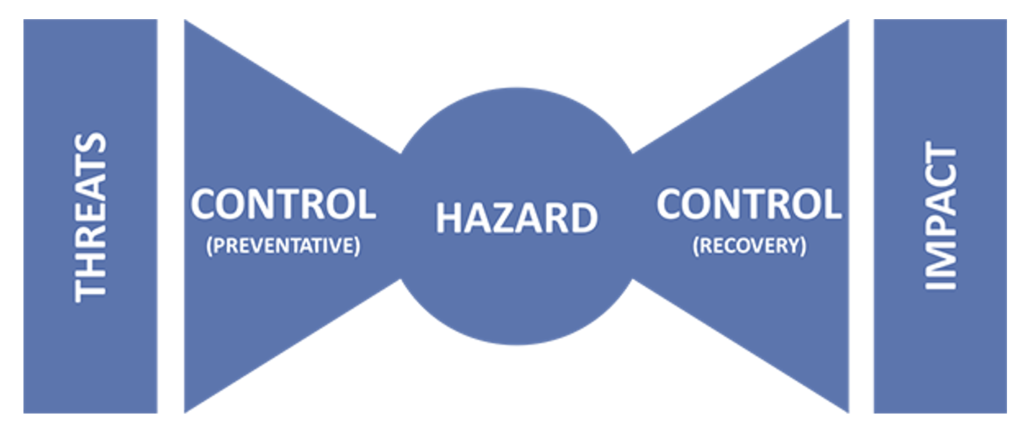Risk assessment is fundamental to ensuring workplace safety in the industrial sector. Safety engineers and frontline workers rely on robust methodologies to identify, evaluate, and mitigate potential hazards. This article will explore various risk assessment methodologies commonly employed in the industrial sector.
This article will explore various risk assessment methodologies commonly employed in the industrial sector. By understanding these methodologies and following best practices, organizations can enhance their safety practices and protect employees.
Understanding Risk Assessment Methodologies
1. Qualitative Risk Assessment
Qualitative risk assessment involves a subjective evaluation of risks based on expert judgment and experience. This methodology uses descriptive scales, such as low, medium, and high, to assess the likelihood and severity of potential risks. It is a valuable approach when precise quantitative data is not available. However, it is essential to establish clear criteria and guidelines to ensure consistency and reliability in the assessment process.
2. Quantitative Risk Assessment
Quantitative risk assessment involves using numerical data and mathematical models to quantify risks. This methodology relies on probability distributions, statistical analysis, and mathematical formulas to assess the likelihood and consequences of identified hazards. It provides a more objective and precise assessment but requires access to reliable data and specialized expertise.
3. Preliminary Hazard Analysis (PHA):
PHA is an early-stage risk assessment methodology used during a project or process’s design or planning phase. It aims to identify and evaluate potential hazards before they occur, allowing for proactive risk management. PHA involves brainstorming sessions, system analysis, and checklists to identify hazards and assess their potential impacts.
4. Failure Mode and Effects Analysis (FMEA)
FMEA is a systematic methodology to identify potential failure modes and their effects on systems, processes, or products. It evaluates failures’ severity, occurrence, and detectability, enabling organizations to prioritize risks and implement appropriate control measures. FMEA is particularly effective for preventive risk management, helping to identify potential weaknesses in advance.
5. Bowtie Risk Assessment
The bowtie risk assessment methodology visualizes risks and control measures using a bowtie diagram. This diagram illustrates the potential causes (left-hand side), the identified hazards (center), and the consequences (right-hand side) of an undesired event.
Tips for Effective Risk Assessment Methodology

1. Involve Relevant Stakeholders: Engage employees, safety engineers, and frontline workers in the risk assessment to gain diverse perspectives and insights.
2. Conduct Comprehensive Hazard Identification: Thoroughly analyze the work environment, processes, and equipment to identify all potential hazards and risks.
3. Gather and Analyze Relevant Data: Utilize historical incident records, safety data, and expert knowledge to inform risk assessment decisions and quantify risks whenever possible.
4. Consider Worst-Case Scenarios: Assess the potential consequences of identified hazards under worst-case scenarios to ensure preparedness for high-risk situations.
5. Regularly Review and Update Assessments: As the work environment evolves, conduct periodic reviews of risk assessments to identify emerging risks, reassess controls, and ensure ongoing accuracy.
About FAT FINGER
Ensure front-line teams do their work correctly every time. Drag & drop digital procedures that unlock operational excellence.
In seconds anyone can build and deploy enterprise-grade mobile applications using an easy drag-and-drop no-code builder.
FAT FINGER uses machine learning to coach app users in real-time to make safer and improved decisions.
Try building your digital procedure on FAT FINGER for free @ www.fatfinger.io




